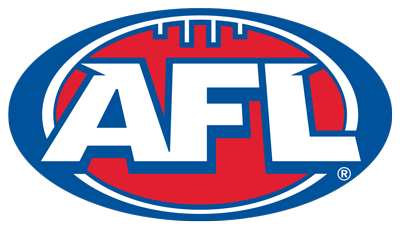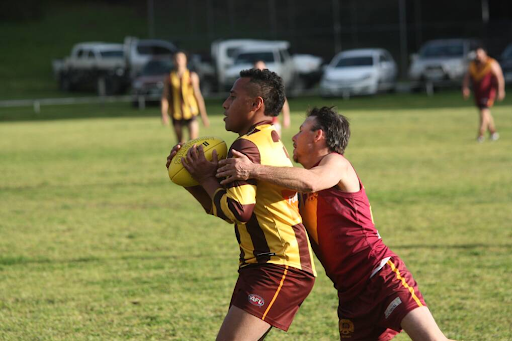King Island Football Association
Last updated on November 25, 2024 at 18:09 pm
Posted on May 20, 2024 at 09:03 am
The Isolated League's rich history dates back to its formation around 1908, with North and Currie football clubs leading the way in 1903. Despite Pegarah Rovers folding in 1938, new teams like Grassy and Mount Stanley were introduced in the 1950s, showcasing the league's evolution. Premierhips and media coverage from ABC Rural and the Examiner highlight the league's significance, while unique rules contribute to its distinguished identity. This isolated and small football league's competition format has adapted over the years, shaping its gameplay and historical narrative. The league's impact goes beyond sports, fostering unity and community pride.
League Formation and Early Years
The formation and early years of the Isolated League, believed to have originated around 1908, set the foundation for a rich history in Australian football. The league's inception saw the North and Currie football clubs competing in the first games in 1903, laying the groundwork for what would become a significant sporting competition on King Island.
With the addition of Pegarah Rovers in 1914, the league expanded, showcasing the growth and interest in Australian Rules football in the region. The competition peaked at four teams in the 1950s, demonstrating its enduring popularity. Despite Pegarah Rovers folding by 1938, the league continued to evolve, reflecting the resilience and passion for the sport within the community.
Premierhips and Media Coverage
Amidst the historical tapestry of the Isolated League's evolution, the conversation now explores into the domain of Premierhips and Media Coverage.
The premierships within the King Island Football Association (KIFA) hold a significant place in the league's history, with a list of distinguished teams claiming the title over the years.
Media coverage, including reports by ABC Rural and the Examiner from Launceston, has played an essential role in showcasing the league's accomplishments and challenges. The league's rules, unique to King Island, have been a subject of interest for both local and national media outlets.
Understanding the intertwining of premierhips and media coverage provides a deeper insight into the rich history and cultural significance of the Isolated League.
Competition Format Evolution
Exploring the historical progression of the Isolated League, the evolutionary trajectory of the competition format stands as a focal point of analysis and understanding. Originally consisting of three teams playing ten games each in a fifteen-round competition, the league has undergone significant changes.
Remarkably, from 1946 to 1948, KIFA played under the Victorian Football Association's rules, allowing throwing the football in general play. This period marked a substantial departure from traditional practices.
Over the years, the league has adapted to various rule changes, reflecting its unique status as one of Australia's most isolated and smallest football leagues. The evolution of the competition format has played an essential role in shaping the league's identity and gameplay dynamics.
Team History and Changes
Throughout the rich history of the Isolated League, the evolution of its teams has been a dynamic and integral aspect of the competition's narrative. Originating with North and Currie football clubs in 1903, the league expanded with the addition of Pegarah Rovers in 1914.
However, Pegarah Rovers folded by 1938, leaving a gap until the introduction of Grassy and Mount Stanley football clubs in the 1950s. Remarkably, the league saw fluctuations in team numbers, reaching a peak of four teams during the 1950s.
The changes in team composition over the years have not only shaped the competitive landscape but also reflected the community's shifting interests and priorities within the Isolated League.
Influence on the Community
The Isolated League's profound impact on the local community is evidenced through its enduring legacy and cultural significance in the region.
As a focal point of community engagement, the league has served as a unifying force, bringing together residents from various backgrounds to support their local teams.
The league's presence has not only provided entertainment and sporting excitement but has also fostered a sense of pride and camaraderie among community members.
Through its rich history and tradition, the league has become deeply ingrained in the fabric of the region, shaping social interactions and creating lasting memories for generations.
The community's unwavering support for the league reflects its integral role in promoting solidarity and togetherness among residents.

